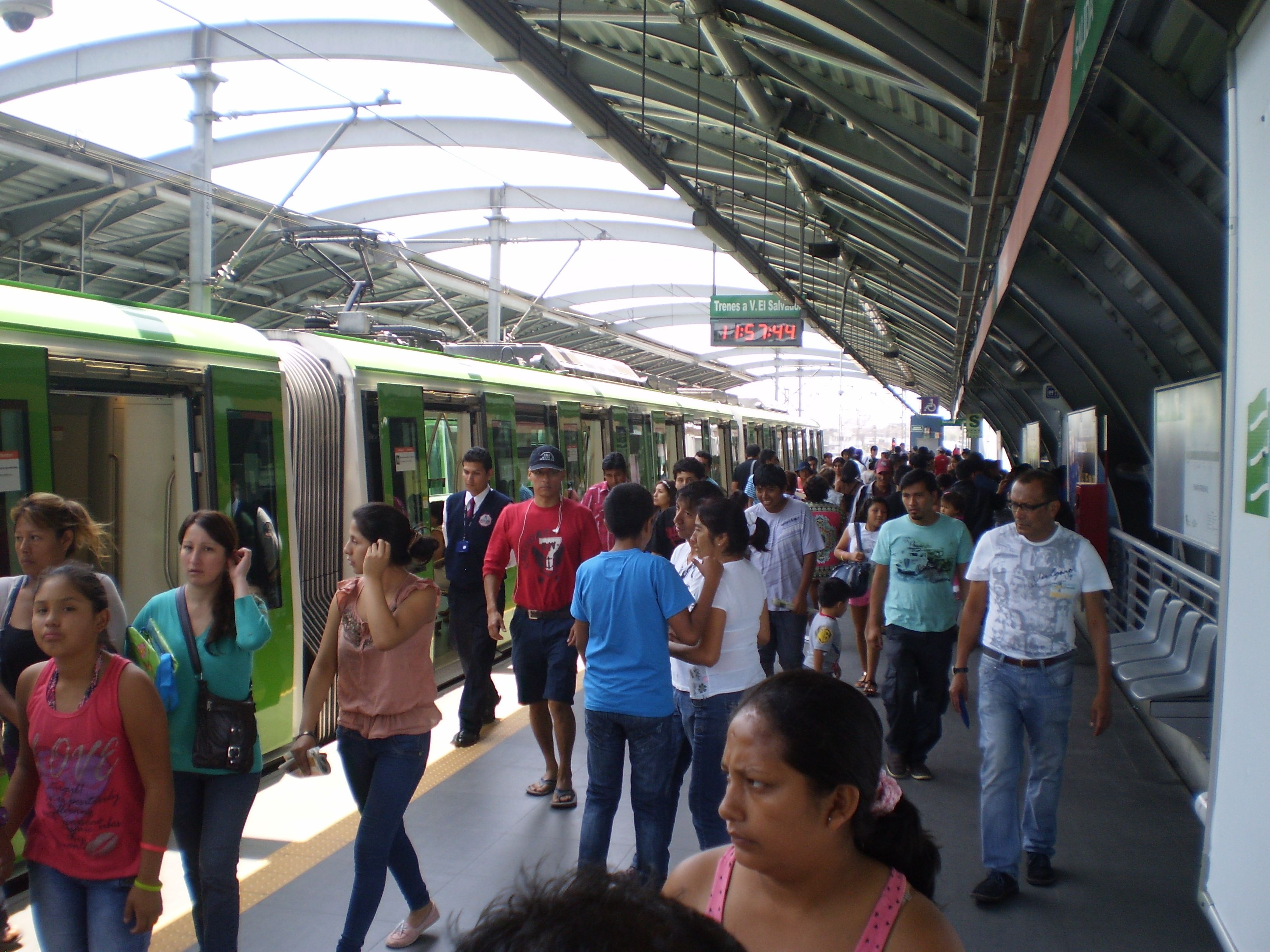
Uploaded on 2015-06-03 by JohnNeumann
[1]: https://edxuploads.s3.amazonaws.com/14332949026616801.jpg Lima inaugurated its first mass-transit metro line in 2012. Operated under a thirty-year concession contract awarded to a consortium comprising a Peruvian construction and property development company and an Argentinean rail operator, the line is the first of a projected metro network totalling 7 lines which, if carried out as planned, should provide Lima with the core of an integrated mass-transport system necessary for the more efficient mobility of its close to 10 million residents. Running on an elevated track across the city on a north-south axis, the line connects the southernmost and northernmost districts of the city with the city centre. Covering a distance of nearly 34 kilometres, travel time from the northernmost to the southernmost stations along the line runs at approximately 50 minutes (in comparison to the average three hours of travel time required prior to completion of the line on the city’s other transport options). The northernmost and southernmost districts of Lima are the result of mass land-to-city migration and rapid urbanisation initiating half a century ago, following a failed land policy reform and subsequent terrorist activity which damaged a number of regional economies. Initially informally settled and mostly self-built, the districts are today home to Lima’s emerging middle classes. For residents of these districts, it is estimated that the new line reduces travel time to the workplace, which in the case of many commuters can amount to as much as two hours on Lima’s informal and unsafe deregulated bus network, by about half. Traversing some of the city’s less polished districts and flying above Lima’s senseless motorised traffic one is reminded of the absurdity of most of the world’s current dependence on the motor vehicle and of the damage inflicted on the world’s cities as a result. With many automobile-dependent urban residents suffering from the effects of traffic congestion including stress, noise, pollution and the health effects of sedentary lifestyles, one wonders why we continue to rely on an outmoded, fossil-fuel dependent 20th century technology, particularly when the transport sector accounts for nearly a quarter of all energy-related CO2 emissions worldwide and is the fastest growing source of emissions in developing countries. In reality Line 1 currently serves only 280,000 passengers per day, a small fraction of Lima’s total of eight million trips per day, while most mobility in Lima is still dependent on motorised transport. The need to extend the mass-transit system to an integrated network and to alter citizens’ transport habits, shifting use from private car to public transportation, and from road to rail (and wherever possible, reducing the need to travel at all) are therefore imperative in order to ensure a sustainable future for the city. In experiencing Line 1, one is none the less reminded of the civilising power of sustainable, well-designed infrastructure projects and of their capacity to improve the lives of many.